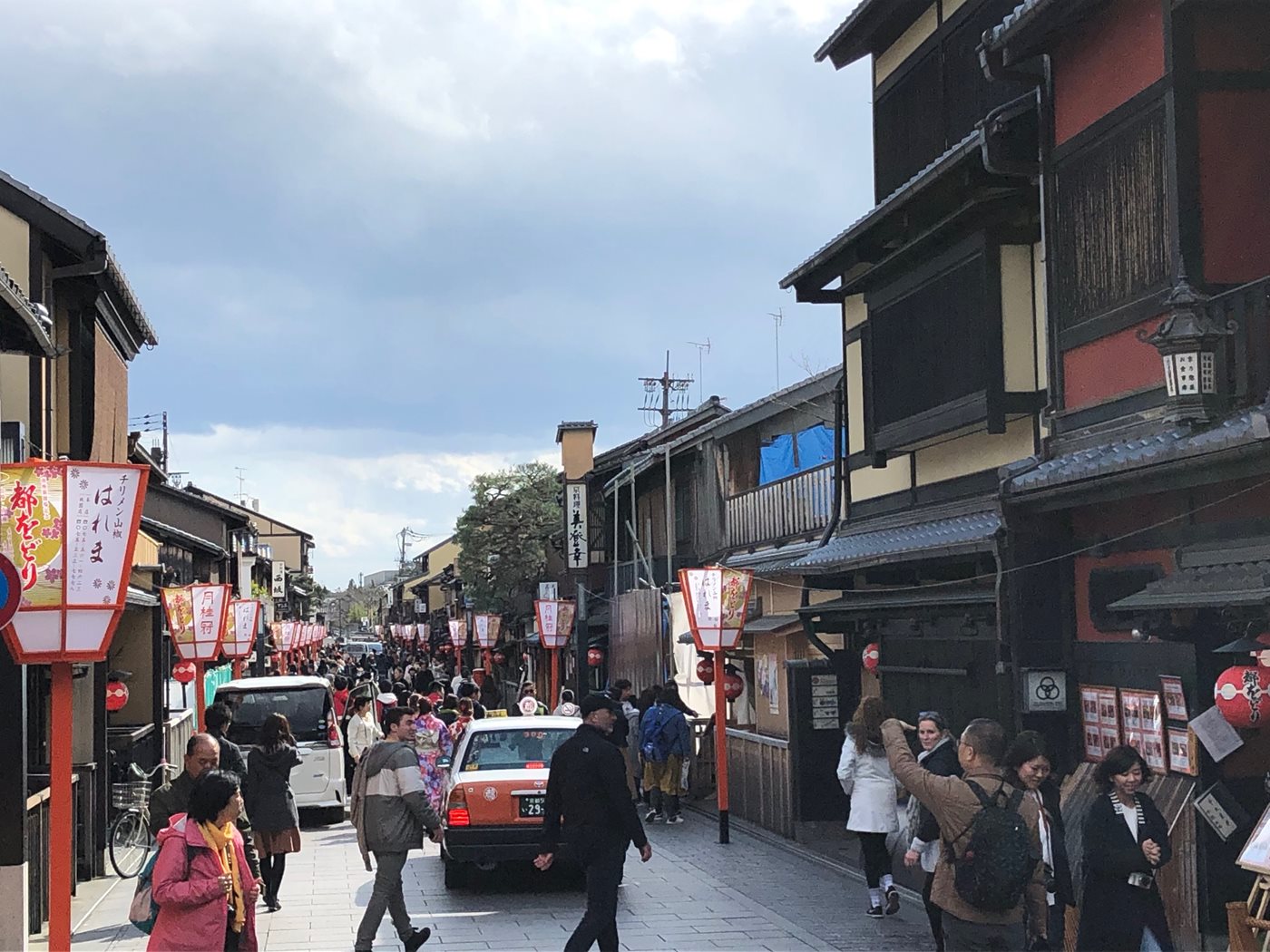April 2019

The local media here is filled with reports on the huge influx of foreign visitors to the Japanese archipelago, and travel within the country conclusively confirms that it is indeed real. While in Kyoto I encountered dozens of languages being spoken, not just Japanese and English. Restaurant staff assured me that is was very common to see their tables filled with far more foreign patrons than Japanese, as was the case whenever I went out to dine during my visit.
The tourism boom is evident even in this remote corner of eastern Hokkaido. This past winter visitors from China, Korea, Vietnam, Singapore, and Europe thronged feeding stations to catch a glimpse of the famous red crowned crane’s snow dance. Traffic is rising in Kushiro as spring approaches. The Americans arrived here and elsewhere in the country too, of course, including college youths venturing well outside their campuses to explore foreign culture and cuisine while enjoying Spring Break.
Many here blame the forthcoming 2020 Tokyo Summer Olympics and its effect on providing ample free advertising for the nation. But the government expects the trend to continue well after the closing ceremony.
The Japanese themselves welcome the visitors and their cash infusion, but with reservations from some quarters. Complaints are rising of some resort areas are becoming so completely overrun that the locals feel their communities are no longer theirs. Television news quoted one Hokkaido resident complaining of the trend of new shops and restaurants opening up “by foreigners, for foreigners, and with foreigner prices” including English-speaking ramen establishments unashamed to charge wealthy skiers $30 for a bowl.
I’m interested in how this rush and the inevitable pressures it brings is playing out in Japan’s national parks. I should have a deeper understanding by next summer.
--- Nathanial Gronewold
Nathanial Gronewold is a Masters student in the College of Agriculture & Life Sciences